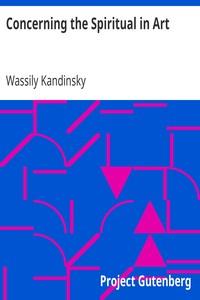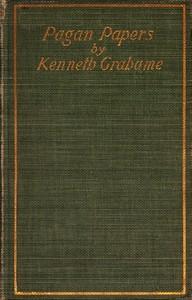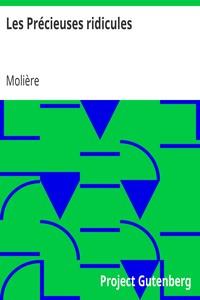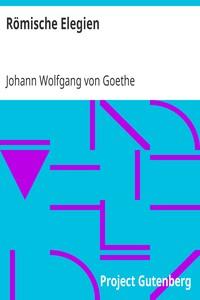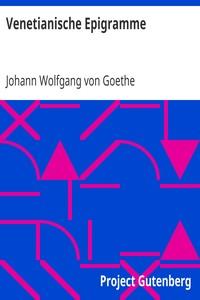|
|
Read this ebook for free! No credit card needed, absolutely nothing to pay.Words: 26491 in 9 pages
This is an ebook sharing website. You can read the uploaded ebooks for free here. No credit cards needed, nothing to pay. If you want to own a digital copy of the ebook, or want to read offline with your favorite ebook-reader, then you can choose to buy and download the ebook.

: Concerning the Spiritual in Art by Kandinsky Wassily Sadleir Michael Translator - Aesthetics; Painting Art@FreeBooksTue 06 Jun, 2023 Mosaic in S. Vitale, Ravenna Victor and Heinrich Dunwegge: "The Crucifixion" Albrecht Durer: "The Descent from the Cross" Raphael: "The Canigiani Holy Family" Paul Cezanne: "Bathing Women" Kandinsky: Impression No. 4, "Moscow" "Improvisation No. 29 "Composition No. 2 "Kleine Freuden" TRANSLATOR'S INTRODUCTION It is no common thing to find an artist who, even if he be willing to try, is capable of expressing his aims and ideals with any clearness and moderation. Some people will say that any such capacity is a flaw in the perfect artist, who should find his expression in line and colour, and leave the multitude to grope its way unaided towards comprehension. This attitude is a relic of the days when "l'art pour l'art" was the latest battle cry; when eccentricity of manner and irregularity of life were more important than any talent to the would-be artist; when every one except oneself was bourgeois. The last few years have in some measure removed this absurdity, by destroying the old convention that it was middle-class to be sane, and that between the artist and the outer-world yawned a gulf which few could cross. Modern artists are beginning to realize their social duties. They are the spiritual teachers of the world, and for their teaching to have weight, it must be comprehensible. Any attempt, therefore, to bring artist and public into sympathy, to enable the latter to understand the ideals of the former, should be thoroughly welcome; and such an attempt is this book of Kandinsky's. The author is one of the leaders of the new art movement in Munich. The group of which he is a member includes painters, poets, musicians, dramatists, critics, all working to the same end--the expression of the SOUL of nature and humanity, or, as Kandinsky terms it, the INNERER KLANG. Perhaps the fault of this book of theory--or rather the characteristic most likely to give cause for attack--is the tendency to verbosity. Philosophy, especially in the hands of a writer of German, presents inexhaustible opportunities for vague and grandiloquent language. Partly for this reason, partly from incompetence, I have not primarily attempted to deal with the philosophical basis of Kandinsky's art. Some, probably, will find in this aspect of the book its chief interest, but better service will be done to the author's ideas by leaving them to the reader's judgement than by even the most expert criticism. Free books android app tbrJar TBR JAR Read Free books online gutenberg More posts by @FreeBooks
: Les Précieuses ridicules by Moli Re - Comedies; French drama 17th century FR Théâtre@FreeBooksTue 06 Jun, 2023
|
Terms of Use Stock Market News! © gutenberg.org.in2025 All Rights reserved.

